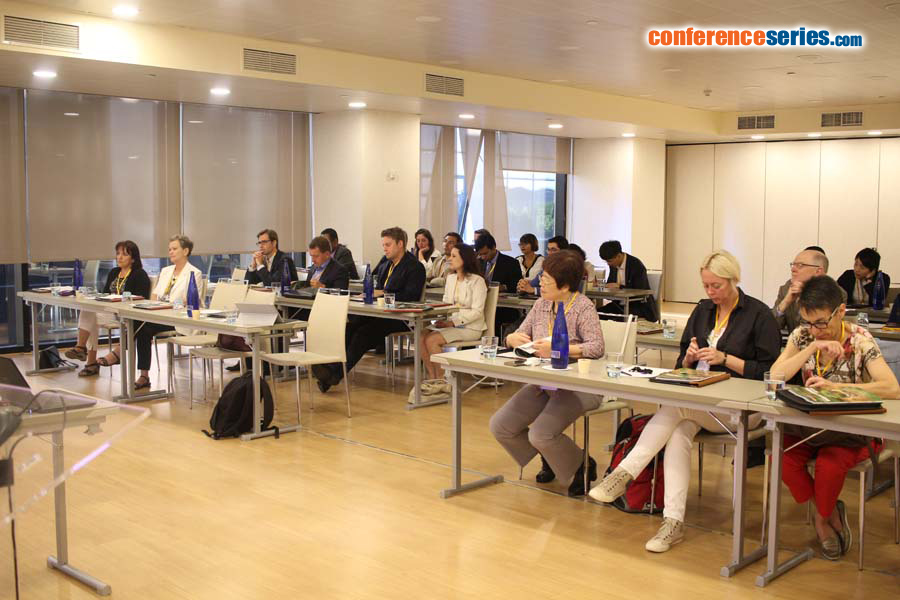
Jana Zabranska
University of Chemistry and Technology, Czech Republic
Title: Bioconversion of carbon dioxide in biogas to methane
Biography
Biography: Jana Zabranska
Abstract
Biogas produced from organic wastes contains energetically usable methane and unavoidable content of carbon dioxide. The exploitation of whole biogas energy is locally limited and utilization of natural gas transport system requires CO2 removal or conversion to methane. Chemical methods of upgrading biogas to biomethane have disadvantage in demand of high pressure and temperature. Biological conversion of CO2 and hydrogen to methane is well known reaction and is carried out by hydrogenotrophic methanogenic bacteria. Reducing equivalents to biotransformation of carbon dioxide from biogas or other resources to biomethane can be supplied by external hydrogen. The rapidly developing renewable energy carriers include electricity from wind and solar energy. Discontinuous electricity production combined with fluctuating utilization cause serious storage problems that can be solved by power-to-gas strategy representing production of storable hydrogen via electrolysis of water. Possibility of subsequent repowering of energy of hydrogen to the easily utilizable and transportable form is biological conversion with CO2 to biomethane. The aim of our project is to find the optimal conditions of the technology of biological reduction of CO2 with H2 in terms of process parameters and device type. Biomethanization of CO2 can be applied directly to anaerobic digesters being fed with organic substrates, or in external bioreactors. Experiments started with hybrid anaerobic reactors (upflow sludge bed reactor with packed bed in the upper part) fed with distillery slops as organic substrate and gaseous hydrogen was introduced to the bottom of reactor. The major bottleneck in the process is gas-liquid mass transfer of H2 and the method of effective input of hydrogen into the system have to be optimized. The possibilities of an implementation of the technology to biogas plants will be suggested based on results of the project.

Recent Publications:
- Angelidaki I., G. Luo, and P. Kougias (2015). "Simultaneous hydrogen utilization and biogas upgrading by anaerobic microorganisms." Proceedings of 14th World Congress of Anaerobic Digestion, Viña del Mar, Chile, 15-18.11.2015, 2. biogas upgrading
- Díaz I., N. A., C. Pérez and F. Fdz-Polanco (2015). "Application of membrane modules to improve mass transfer for the chemoautotrophic biogas upgrading." Proceedings of 14th World Congress of Anaerobic Digestion, Viña del Mar, Chile, 15-18.11.2015.
- Gahleitner, G. (2013). "Hydrogen from renewable electricity: An international review of power-to-gas pilot plants for stationary applications." International Journal of Hydrogen Energy 38(5): 2039-2061.
- Luo, G. and I. Angelidaki (2013). "Co-digestion of manure and whey for in situ biogas upgrading by the addition of H2: Process performance and microbial insights." Applied Microbiology and Biotechnology 97(3): 1373-1381.
- Ryckebosch, E., M. Drouillon and H. Vervaeren (2011). "Techniques for transformation of biogas to biomethane." Biomass and Bioenergy 35(5): 1633-1645.


